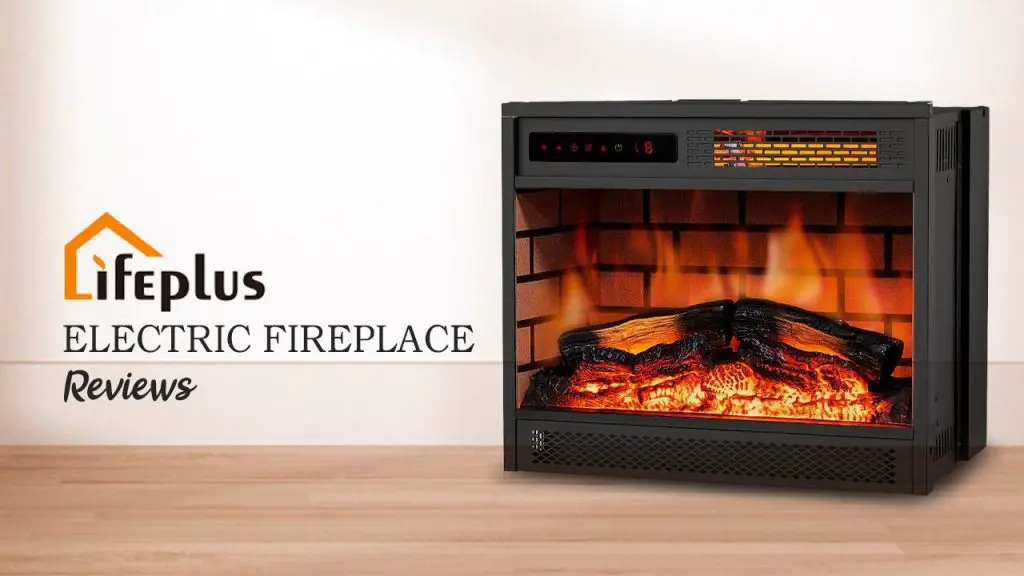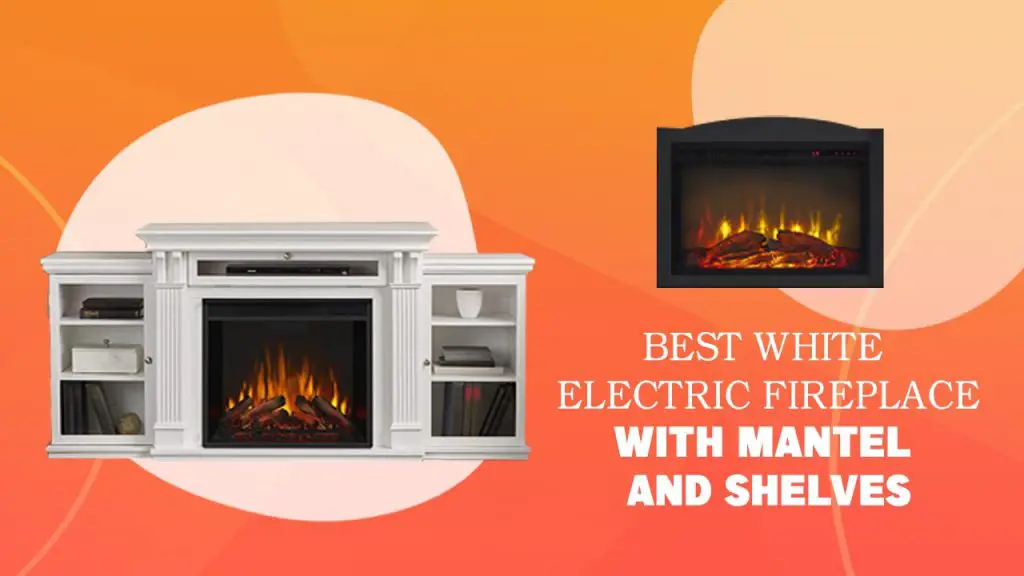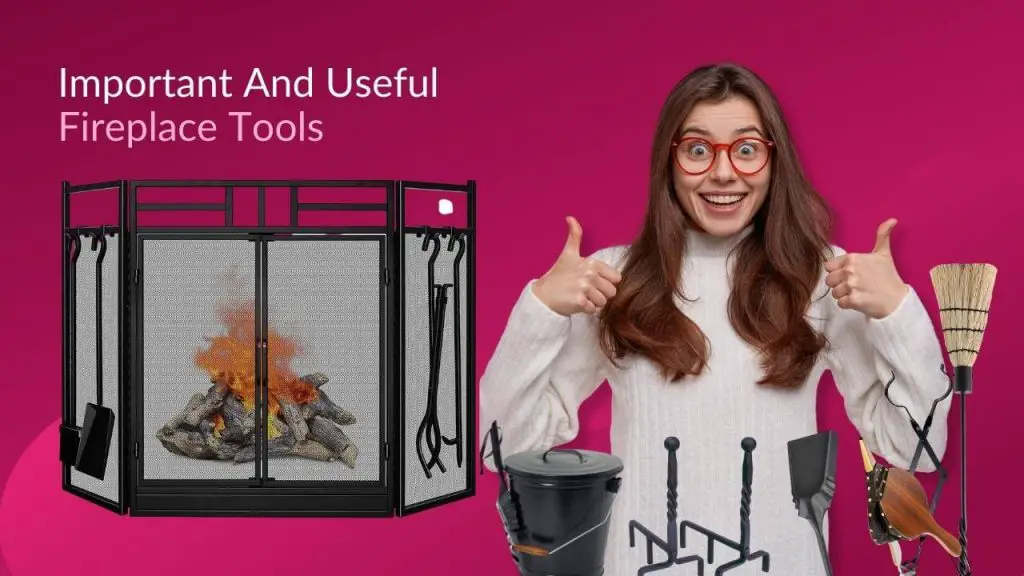If you’re thinking about installing a fireplace in your home and wondering if it can perform a secondary function like reducing humidity or you’re concerned about how members of your household may react to effects like dehumidification or dry air, then it’s important you take some time out to read this post.
If you consider it on the surface, fire and moisture shouldn’t have a connection. However, unlike what you may think, fire is not dry. But does the heat from a fireplace dehumidify?
Does A Fireplace Actually Reduce Humidity?
Yes and No. At the end of the day, it depends on the outdoor climate and the type of fireplace.
One school of thought believes that when you notice drier air in your living space that has a fireplace, it is probably because it is cold outside and the cold air that comes into the room is dry in the first place.
This is even more logical when you have a gas atmospheric combustion furnace running inside your home. This furnace is able to continuously pull in dry outdoor air which can help to reduce humidity.
There is another school of thought which believes that large fires, especially from a wood-burning stove or fireplace can actually reduce humidity.
The logic behind this thought is the fact that a lot of oxygen is needed to keep the fire burning, and oxygen is a constituent of water. Also, a wood-burning fireplace is likely to have a chimney or any other venting mechanism.
This is an avenue for the fireplace to exhaust byproducts such as carbon dioxide and moisture. Some fireplaces have a flue system instead of a chimney and this works pretty well too.
Removing byproducts of combustion tends to leave the air drier with reduced humidity, as the chimney/flue system continues to expel CO2, water vapor and related particulate matter while the fire continually consumes oxygen.
For ventless fireplaces, natural gas is used. This can be propane or butane. Because it does not emit harmful gases like a wood-burning fireplace, this gas-powered fireplace does not have a ventilation system.
When natural gas combustion occurs, the vapor produced is trapped inside the house, as there is no chimney, flue or ventilation system to send it outdoor.
In this case, humidity is increased and the indoor climate may begin to feel warmer and very uncomfortable. This is one fireplace that is suitable for winter when the temperature is very cold and dry.
However, where your fireplace, such as the natural gas system, produces humidity in a tightly insulated home, it can lead to serious discomfort and cause the growth of mold, spores and all sorts of microorganisms.
On the other hand, extremely dry air can lead to bleeding nose and lips, dry sinuses and other respiratory conditions.
If you have a relative with respiratory issues or allergies, you may want to reconsider the option of a wood-burning stove or any other appliance that dries the air.
Electric fireplaces are another popular type of fireplace to consider. By design, they do not emit carbon, vapor or any other form of particulate.
They are also low maintenance and do not require wood or gas to work. This erases the possibility of producing or adding moisture to your living space.
The question then is, does an electric fireplace reduce humidity? To be specific, electric fireplaces on their own may dry out some part of your room where the heat is concentrated. It’s the same way a laundry drier or electric iron works.
Electric heat is dry and have very powerful vapor-drying properties. On the other hand, electric fireplaces that use infrared technology do not reduce humidity. They do not dry out the air but help to maintain natural humidity.
What Else Can Help Reduce Humidity When a Fireplace Does Not?
There are quite a number of options to consider if you need an appliance to help reduce humidity, either produced by your fireplace or ignored.
1. Natural Ventilation
This is the cheapest way to reduce humidity if your fireplace fails to do the job.
If you have a gas fireplace (ventless) unit and it tends to make your home more humid, you can address the situation by turning off your fireplace occasionally while you open up your windows and doors to exhaust excess humidity and bring in drier, cooler air.
However, ventilation will only improve indoor climate if outdoor air is less humid, fresher and cooler.
2. Air Conditioner
An air conditioner unit is another option. It may seem ironic to use an AC when you’re trying to heat up your room with a fireplace.
Simply turn on the fan mode of your unit or set the cooling mode at a moderate temperature between 23° C and 26° C while your fireplace runs. This will help to reduce humidity significantly without tampering with the heat produced.
3. Dehumidifier
A dehumidifier is perhaps the best option to reduce humidity while your fireplace runs. However, you should be careful not to place the appliance too close to your fireplace, especially if you’re using a wood fireplace.
This may cause an accident if you do not pay close attention. Keep a distance of more than 6 feet between the two. In fact, it is best to place them on opposite ends of the room.
4. Fan
A fan may provide some cooling, so it’s best to put it on after you turn off your fireplace. Also, it may blow out flames and create a mess if you use a wood fireplace.
Once you’re able to get the timing right, a fan can be a useful appliance for reducing the humidity in your room. Whatever the case, be sure to keep it at a good distance and far away from your fireplace.
Final Words:
If you need a fireplace to do more than just provide heat, but, to also reduce humidity, a wood-burning stove or vented fireplace is your best bet. And if you’d like to maintain relative humidity in your home, the best options are a gas, ventless or infrared electric fireplace.
Just be sure that humidity is checked at all times to keep your indoor air comfortable for everyone. But if you already own a fireplace and it doesn’t reduce humidity as much as you want, you can use a dehumidifier, fan or air conditioner, or you can simply open your door and windows for ventilation.
| Photo | Title | Buy |
|---|---|---|

|
LEVOIT Air Purifier for Home & Bedroom - For Allergies and Pets Hair | Check Price On Amazon |

|
BREEZOME 60 OZ Quiet Dehumidifiers for Home, Dual-Semiconductor | Check Price On Amazon |

|
AquaOasis™ Cool Mist Quiet Ultrasonic Humidifier for Bedroom & Large room | Check Price On Amazon |

|
43.3'' Portable Air Conditioners, 3-IN-1 Evaporative Air Cooler w/Remote | Check Price On Amazon |

|
BlueDri BD-AS-550-BL Negative Machine Airbourne Cleaner HEPA Air Scrubber | Check Price On Amazon |

|
Space Heater, VCK 24" 12ft/s Fast Quiet Heating Portable Electric Heater | Check Price On Amazon |






